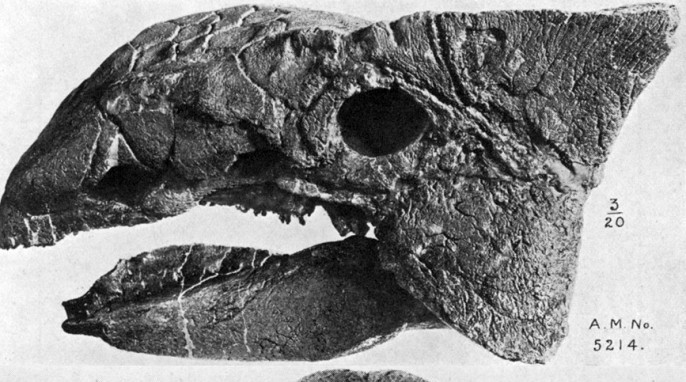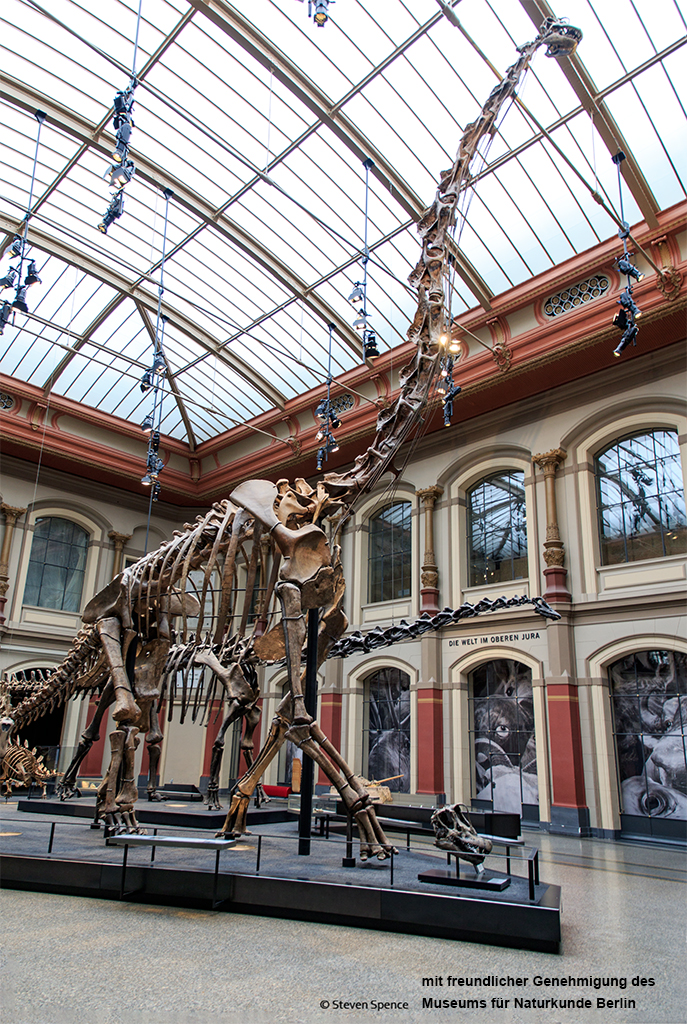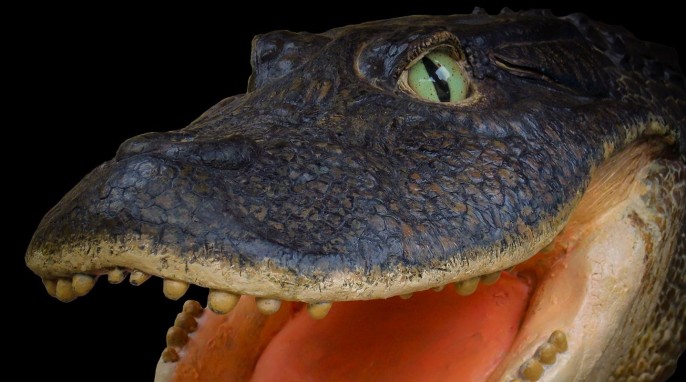Armored Dinosaurs, Elaborate Nasal Passages
Since paleontologists began using CT scans and 3D reconstructions of dinosaur remains, they have been able to tell us much more about dinosaurs than ever before. Now a new study shows that armor-plated dinosaurs (ankylosaurs) had the capacity to modify the temperature of the air they breathed using nasal passages shaped like “crazy straws.”
We know that animals use strategies such as sweating, panting, and swimming to prevent their brains from overheating. However, the ankylosaur appears to have relied upon its long and winding nasal cavity to cool down, using it as a heat transfer device.
Modern mammals and birds use scroll-shaped bones called conchae or turbinates to adjust the temperature of inhaled air. But ankylosaurs seem to have accomplished the same result with a completely different anatomical construction.
Led by paleontologist Jason Bourke, a team of scientists at Ohio University used CT scans to document the anatomy of nasal passages in two different ankylosaur species. The team then modeled airflow through 3D reconstructions. Bourke found that the convoluted nasal passages would have given the inhaled air more time and more surface area to warm up to body temperature by drawing heat away from nearby blood vessels. As a result, the blood would have been cooled, and then diverted to the dinosaur’s brain to keep its temperature stable.
“There are two ways that animal noses transfer heat while breathing,” Bourke explains. “One is to pack a bunch of conchae into the air field, like most mammals and birds do. It’s spatially efficient. The other option is to do what lizards and crocodiles do and simply make the nasal airway much longer. Ankylosaurs took the second approach to the extreme.”
According to Lawrence Witmer, who contributed to the study, “Our team discovered these crazy-straw airways several years ago, but only recently have we been able to scientifically test hypotheses on how they functioned. By simulating airflow through these noses, we found that these stretched airways were effective heat exchangers. They would have allowed these multi-tonne beasts to keep their multi-ounce brains from overheating.”
Just as our own noses serve more than one function, it seems ankylosaur noses did, too. In addition to conditioning the air the dinosaur breathed, the crazy-straw nasal passages might have added resonance to the low-pitched sounds the animal uttered, allowing it to be heard over vast distances.
The research was funded by the U.S. National Science Foundation, Ohio University, the Jurassic Foundation, and Sigma Xi.
Image: Ankylosaurus skull photographed by William Diller Matthew (1871-1930)




